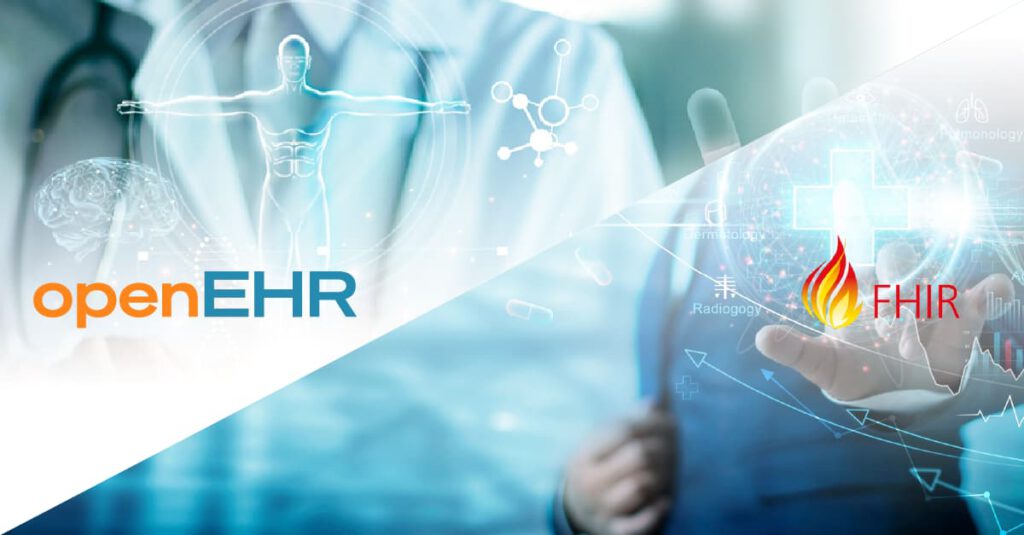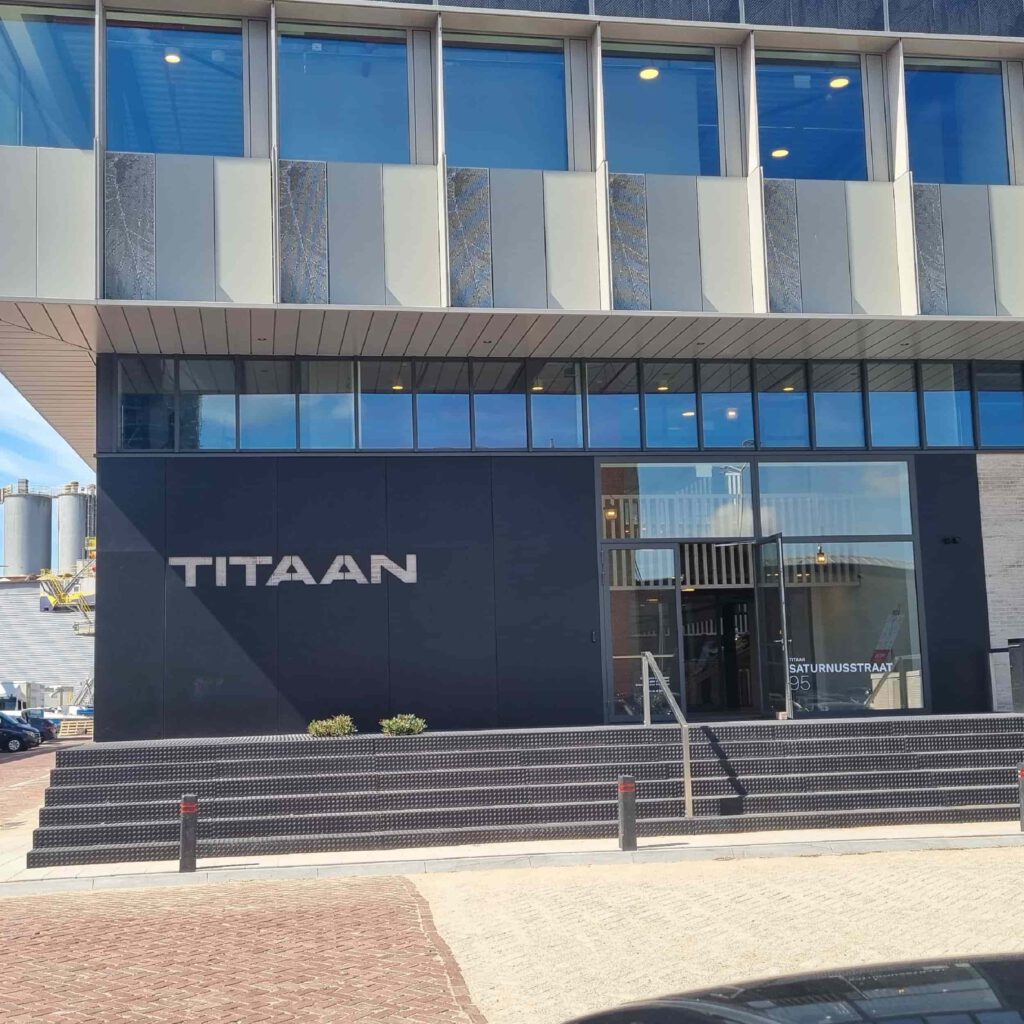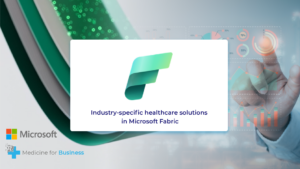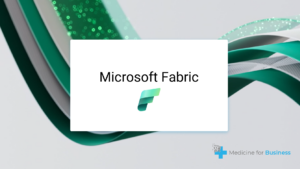In the world of healthcare information exchange, interoperability is of paramount importance. To achieve seamless data sharing and effective communication, healthcare professionals and technologists have developed various standards and frameworks. Two prominent frameworks in this domain are OpenEHR and FHIR (Fast Healthcare Interoperability Resources). In this blog post, we will delve into the key differences, advantages, disadvantages, and specific use cases of OpenEHR and FHIR, providing insights into their unique features and enabling you to make informed decisions about their implementation.
Understanding OpenEHR:
OpenEHR (Electronic Health Record) is an open-source standard that focuses on the long-term storage, management, and retrieval of health-related information. It is designed to be vendor-neutral, scalable, and capable of accommodating diverse healthcare needs. OpenEHR follows a comprehensive approach by separating clinical content from technical implementation, ensuring flexibility and adaptability over time. The core component of OpenEHR is the Clinical Knowledge Repository (CKR), which houses archetypes and templates defining the structure and semantics of clinical data.
Understanding FHIR:
FHIR (Fast Healthcare Interoperability Resources) is another popular standard for healthcare data exchange, developed by HL7 (Health Level Seven International). FHIR utilizes modern web standards, such as RESTful APIs and JSON, to enable real-time data access and interoperability.
| OpenEHR | FHIR | |
|---|---|---|
| Advantages | Semantic Interoperability: OpenEHR offers strong semantic interoperability by using standardized clinical models known as archetypes. These archetypes enable the shared understanding and consistent interpretation of clinical data across different systems, fostering collaboration and effective information exchange. Longitudinal Health Records: OpenEHR emphasizes the creation of comprehensive and longitudinal health records. By capturing and organizing patient data over time, OpenEHR supports continuity of care, allowing healthcare providers to have a holistic view of a patient’s medical history. Adaptability and Extensibility: With OpenEHR, healthcare organizations can adapt and extend their health information systems as requirements evolve. The separation of clinical content from technical implementation ensures that changes in healthcare workflows, regulations, or technology can be accommodated without major disruptions. | Developer-Friendly: FHIR is designed to be developer-friendly, leveraging widely-used web technologies. Its use of RESTful APIs and JSON enables easier integration with existing systems, rapid development, and implementation of interoperable healthcare applications. Modularity and Granularity: FHIR adopts a modular approach, allowing healthcare data to be exchanged at a granular level. This fine-grained interoperability enables selective access to specific data elements, facilitating targeted information exchange between systems. Support for Mobile and Web Applications: FHIR’s focus on modern web standards makes it well-suited for the development of mobile and web applications. The standard’s lightweight nature and adaptability to different platforms enhance the user experience and accessibility of healthcare information |
| Disadvantages | Learning Curve: Implementing OpenEHR may require a learning curve for healthcare professionals and developers who are unfamiliar with the standard. Understanding and modeling archetypes and templates require specialized knowledge and training. Maturity and Ecosystem: While OpenEHR has gained recognition and is being adopted in various projects worldwide, its ecosystem and tooling may not be as mature or extensive as some other standards. Developers might face challenges in finding ready-made solutions or well-established support communities. | Semantic Interoperability Challenges: FHIR, while supporting interoperability at the syntactic level, may face challenges in achieving semantic interoperability. The absence of a strict semantic model can lead to variations in the interpretation and representation of clinical data across different systems. Data Model Complexity: FHIR’s data model can be complex, particularly for developers who are new to healthcare standards. Implementing and mapping FHIR resources to existing data structures may require additional effort and expertise. |
Specific Use Cases:
OpenEHR Use Cases:
- Longitudinal Care Planning: OpenEHR’s ability to capture comprehensive patient data over time supports the creation of long-term care plans and personalized treatment strategies.
- Clinical Decision Support Systems: OpenEHR’s semantic interoperability and clinical knowledge repository make it suitable for building intelligent decision support systems, aiding healthcare providers in making evidence-based decisions.
FHIR Use Cases:
- Mobile Health Applications: FHIR’s support for modern web technologies and modular approach makes it ideal for developing mobile health applications that require real-time data access and interoperability.
- Patient Engagement: FHIR’s granular data exchange capabilities empower patients to access and share their health information with different healthcare providers, promoting patient engagement and involvement in their own care.
Conclusion:
Both OpenEHR and FHIR offer unique features and advantages in the pursuit of healthcare interoperability. OpenEHR excels in providing semantic interoperability and support for longitudinal health records, whereas FHIR focuses on developer-friendly implementations and granular data exchange. Understanding the specific requirements and priorities of your healthcare organization or project will guide you in selecting the most suitable standard or a combination of both. Regardless of the choice, embracing interoperability standards like OpenEHR and FHIR is a significant step toward efficient healthcare data exchange, collaboration, and improved patient care.






